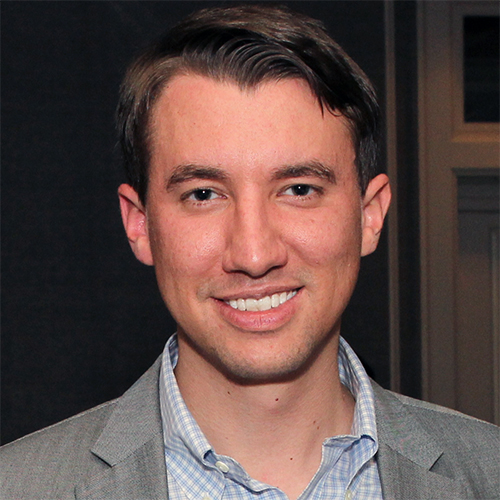CS547 Human-Computer Interaction Seminar (Seminar on People, Computers, and Design)
Fridays 11:30am-12:30pm PT · Gates B3 · Open to the public|
Kurt Luther Virginia Tech Solving Photo Mysteries with Expert-Led Crowdsourcing
May 12, 2017
Despite the old adage that a picture is worth a thousand words, images often need context to be meaningful to their viewers. In this talk, I show how expert-led crowdsourcing, a novel approach that combines the relative strengths of experts and amateur crowds, can be used to solve photo mysteries. In one example, I conducted a qualitative study of image verification experts in journalism, national security, and human rights organizations to understand how they perform geolocation, the process of mapping the precise location where a photo or video was taken. This research informed the design of GroundTruth, a system where experts collaborate with crowds to geolocate unknown images. In another example, I partnered with a historical photography magazine to develop Civil War Photo Sleuth, a system that leverages crowdsourcing and computer vision techniques to help experts identify unknown soldier portraits from the 19th century. I also discuss broader challenges and opportunities in crowdsourced investigations, open-source intelligence, and collaborative sensemaking illustrated by these examples. |
|
